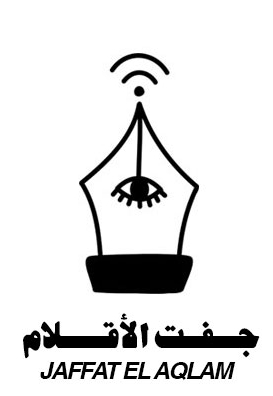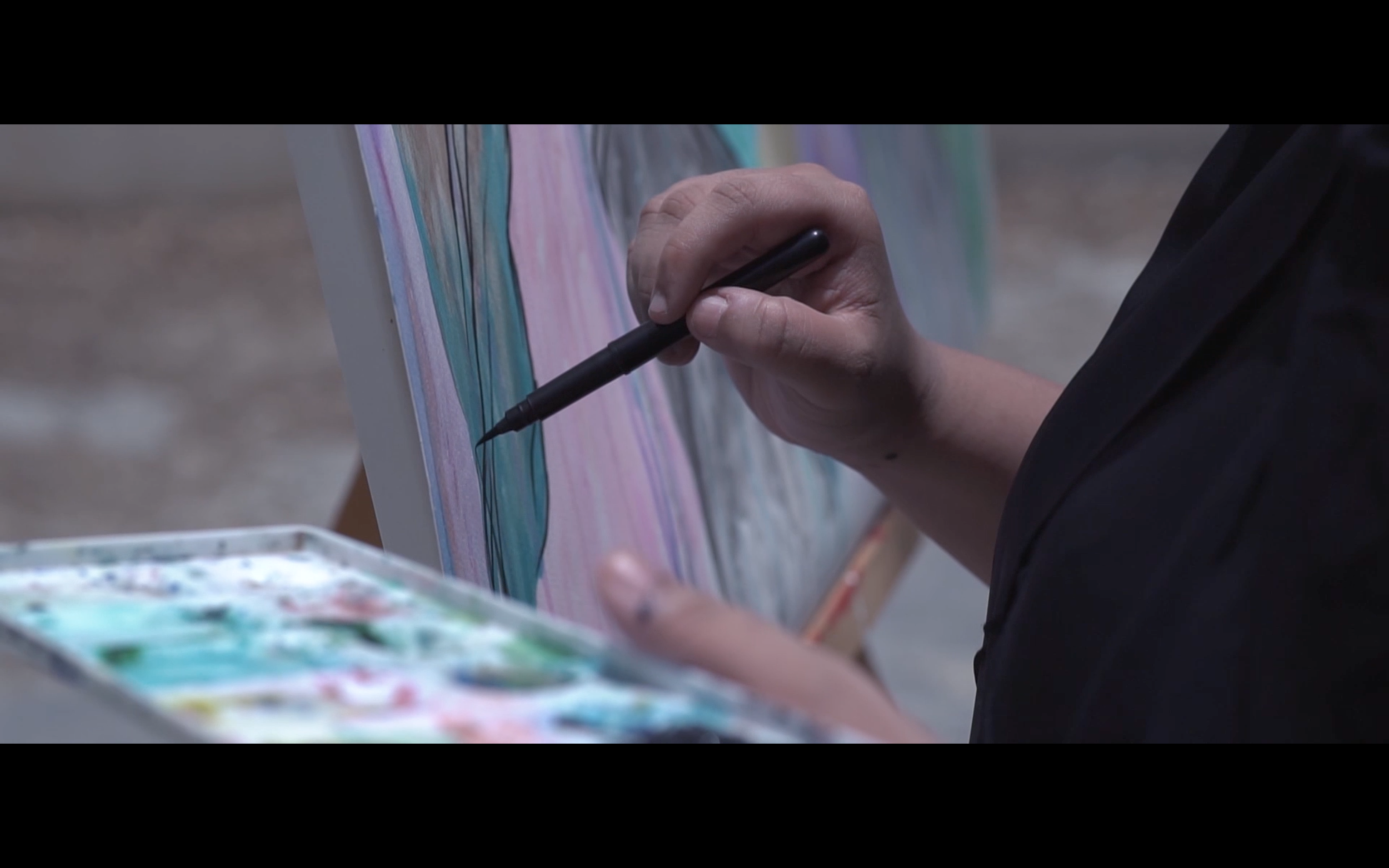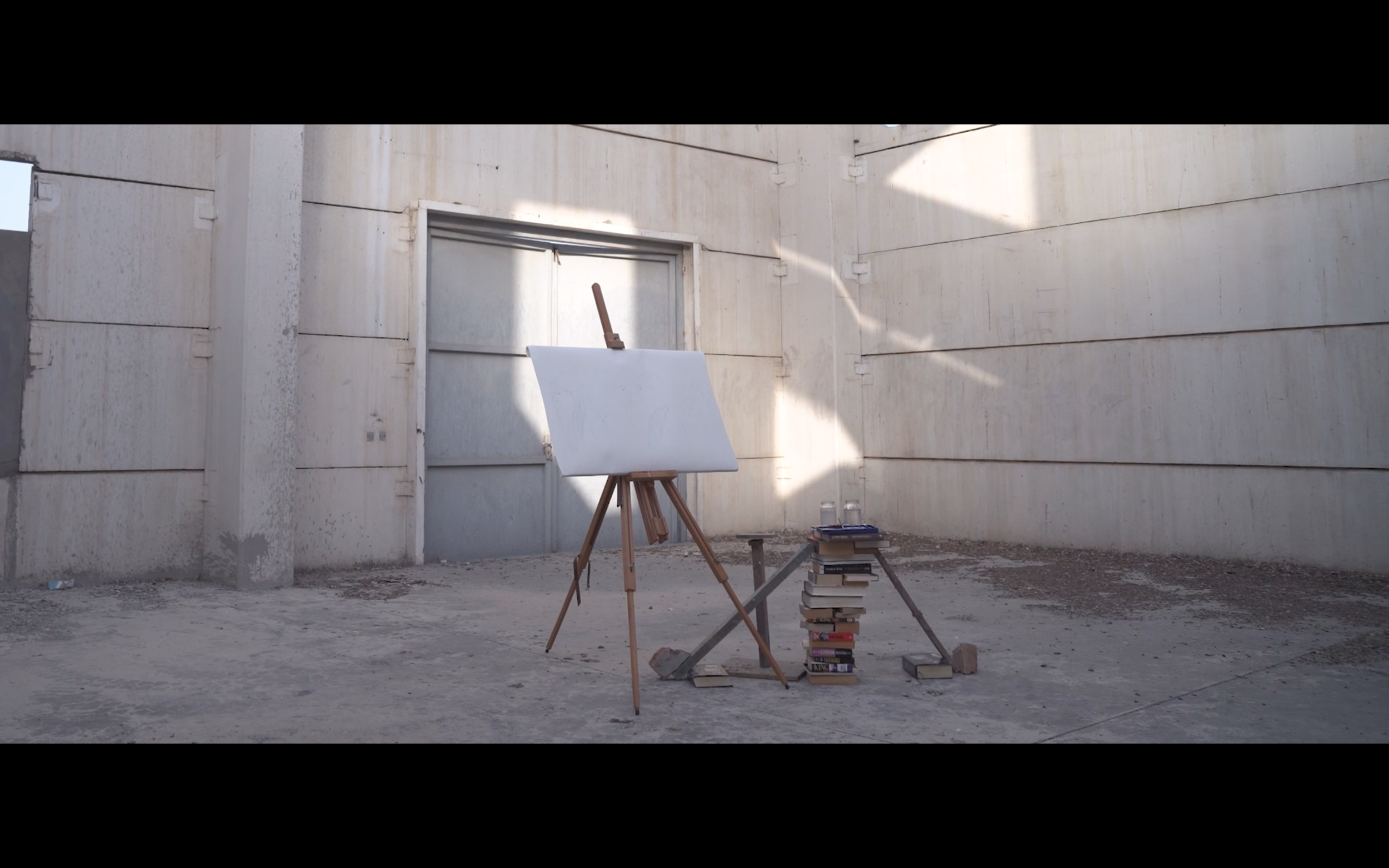While filming for the second episode of Tawahadna, featuring fashion designer Yara Bin Shakar, we met up with the director Stavros Antypas to talk about his current project and what his work means to him and the community he grew up in.
So tell me about how it first started and about the name of this project?
The project – begun in my second to final trimester at university, is called Tawahadna, and is influenced by the Arabic language, namely, how a word’s gender can be defined by the ‘haraka’ or vowel used in the noun. In the plural form, “Tawahadna” loses its gender association and simply means “we have united”. “Tawahadna” is symbolic of our message and goal wherein men and women should come together to support a common cause, without regard to gender. Although we focus on Emirati female artist, we are trying to build a community through the support of one another.
At SAE Institute?
Yes, at SAE… We are required to submit a final major project, and were working to come up with ideas. I knew I wanted to do a documentary, as I am interested in becoming a documentary film major. I was struggling to find a topic of focus, but I wanted to make sure it was something inspiring as I wanted to leave my mark even after graduation.
Having done documentaries on artists in the past, I was initially avoiding the topic of artists completely, and was thinking of doing it on sports or on any activity that has a lot of motion because the style of filming that I do is influenced by slow motion. We were going to shoot a documentary on surfers but the topic was very vague and we couldn’t expand on it so we tried to go into things that were deeper and we realized there was somewhat of a niche that was starting here in regards to artists of the UAE. I was reflecting on the things I cared about and what would have impacted my life. Being Middle Eastern it was really difficult to get into film. I started off studying architecture but eventually accepted that it wasn’t for me and dropped out. As a result, I disappointed a lot of people in my life who worried that film and arts are not industries in which we can get stable jobs. This project would have changed my perception of the arts and about who has access to the arts at that time but finding people like myself wasn't intriguing enough. I could only imagine coming from a Middle Eastern Muslim country and being a woman. It is a hundred times more difficult to say you want to become an artist, a full-time artist, where you measure your success with this passion that you are driven by.
And is that how you pick your artists for each episode?
It started with the realization that the people closest to me are some of the people that have impacted me the most and then it branched out. Maryam Al Zaabi, the artist featured in the first episode, is an unapologetic feminist that painted and created art that was not made for this society. She is a great representation of why this society would not accept artists like herself while she is also a great representation of why we should start accepting artists and understanding why art is necessary in the world.
Stills from Tawahadna's 1st documentary
Maryam Al Zaabi being your first artist shows the lack of representation for emerging artists and also for art that pushes an expression of tolerance for each other through work that is not very accepted here.
Contemporary figurative art is beautiful but over here the culture of painting faces and bodies is considered almost haram. The fact that she didn’t care for that and she made it her niche and she decided to paint obscure and not obscure physically provocative, where in other regions you wouldn’t call her art provocative, works in the UAE. This is what drew me to film her and document her process for our first episode. There was a reason for everything she did.
Your project lies on the same lines since it hasn’t happened before and I know you have received some backlash as to why you are only focusing on female artists. That just shows that you are addressing a topic that needs to be brought up.
Yes, there has been a bit of backlash on why I am choosing to focus only on female artists but that alone lends credence to why this topic is worth discussing and exploring. It is the fundamental reason I decided to create something bigger than just a single episode project for school. As I began working with Maryam, I realized there is a lot of censorship, not from us, but from Maryam herself. She was afraid that she would insult or hurt the society or her family and it took three and a half interview until she was honest with the reasons on why she created the art she created and why she believed the art she created is impactful not just to her but to the people around her. Coming from a very closed society over here it is very difficult to express certain things so I think it takes a lot of courage for someone like Maryam to confront everyone through her art.
She was your first interview and currently you are filming your second episode with Yara Bin Shakar, what do you have going for in this episode?
Yara Bin Shakar is a fashion designer and her boutique is in D3. She currently lives in Dubai but she is originally from Ras al-Khaimah so we will be filming in Jebel Jais and Ghost town in Ras al-Khaimah. The whole concept of our artists is to showcase their differences. When we are filming documentaries we have to acknowledge the fact that every artist has an opinion just as much as our audience. With our interviews whenever I asked about feminism she said she loves that it exists but doesn’t currently feel like it is benefiting her and so she hasn’t delved deeper into it. It is ok because not everyone right now is living in a situation and struggling in their scene. It is a lot easier these days to be a female fashion designer especially in the UAE. The struggle Yara goes through which we focus on in our 2nd episode, is creating Western influenced fashion. Yara believes if she were a male Emirati artist fashion designer, the art of fashion would have been significantly broader. She wanted to do lingerie at first but because she is a female Emirati she couldn’t since society would have talked about her.
The struggles our artists go through are completely different. Maryam’s struggles were her family never supported her and currently still do not support her when it comes down to art. Whereas Yara had her family behind her back the whole way through. Her father was the one who told her she was not made to become a doctor because she wanted to do psychology but he told her you should go into the arts because you are like your mother.
You are focusing on these female UAE artists and you are not using the representation of the landscape that the UAE is known for such as the typical Dubai post card images. You really try to get their backgrounds and experiences reflected in the locations you choose to shoot them in
Yes, definitely. Maryam by profession is an architect and that is the reason I got a lot of structure, especially of the ice factory, in her shots. She grew up in Kalba where we shot and she lives five minutes away from the factory which is why that was our point of location. The reason we concentrated on the architecture of the building is because we wanted to keep focusing on who Maryam currently is and who she could become through her art. There was a lot of structure in the film and the details of the building from the inside where you could see the corners, the edginess and the broken parts of the building to show that Maryam herself is an architect that didn’t want to be an architect. In that sense the locations were very important. Another reason why the locations are super important is that we want to show the UAE, not Dubai, but for UAE.
11 million tourists come into Dubai on a yearly basis. They just come to Dubai and if they are lucky they get to see the mosque in Abu Dhabi.
Hahahaha, 100% true
And there is so much more. We were researching visual styles and we realized a lot of current documentaries use a lot of broad and nature influenced visuals. UAE is full of nature but we just have to look for it not through the media. That is another reason why we shoot the things we shoot.
The representation in this region is catering to everything big and established both in places and people
True, in the UAE it is unfortunately towards people that have already made it. We always invite established artists who have already achieved success, because we care more about the name behind the image and we don’t care typically about the subject or what the detail of the subject is. It is just how Dubai has always been so I thought if I could do something for the society that I grew up in like shooting a documentary on female Emirati artists; it would be a meaningful subject not just for now but also for the future.
And where do you see Tawahadna heading in the future?
For now, my focus is the UAE, because this is home and if I can change home, then I can change so much more. The UAE, especially through social media, has great influence in the media industry. If through media we can be recognized and exposed to the world and Dubai especially, then I think the UAE will have much more to offer than just this metropolitan shopping and plastic existence to which we have grown accustomed.





